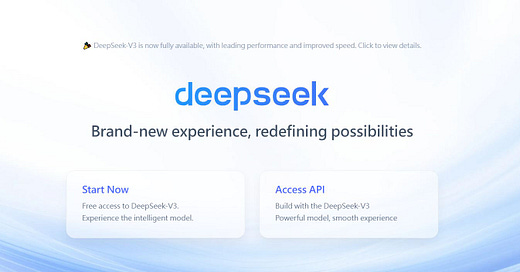DeepSeek: The New Frontier in Chinese AI Shocks Industry Giants
Exploring 2 Breakthrough Technologies and 6 Reasons Why AI Titans Are Surprised
DeepSeek, an AI company established in 2023 by the private equity fund High-Flyer Quant, has quickly become a focal point in the AI field despite its short history. The company's latest breakthrough, the DeepSeek-V3 model, boasts an impressive 671 billion parameters, setting a new benchmark for balancing performance and cost efficiency. But what are the…




